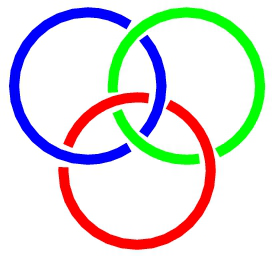Speaker
Dr
Michele Viviani
(INFN, Sezione di Pisa)
Description
The study of the four nucleon (4N) system is interesting from a number of
different perspectives. First of all, many reactions involving four nucleons,
are of extreme astrophysical interest, as they play important roles in solar
models or in big-bang nucleosynthesis. Moreover, 4N systems have become increasingly important as testing grounds for models of the nuclear force, being the A=4 system the simplest system that presents the complexity - thresholds and resonances - that characterize nuclear systems.
The theoretical description of A=4 systems still constitutes a
challenging problem from the standpoint of nuclear few-body theory.
Only recently, with the near-constant increase in computing power and
the development of new numerical methods, the study of the
bound and scattering states has reached a satisfactory level of accuracy.
In this contribution, the application of the hyperspherical harmonics method
to study these systems will be discussed. The calculations have been performed
using realistic models for nucleon-nucleon and three-nucleon
forces. The results will be compared with the most recent calculations
performed by means of the Faddeev-Yakubovsky approach and the experimental data.
Author
Dr
Michele Viviani
(INFN, Sezione di Pisa)
Co-authors
Dr
Alejandro Kievsky
(INFN, Sezione di Pisa)
Prof.
Sergio Rosati
(Universita di Pisa)

